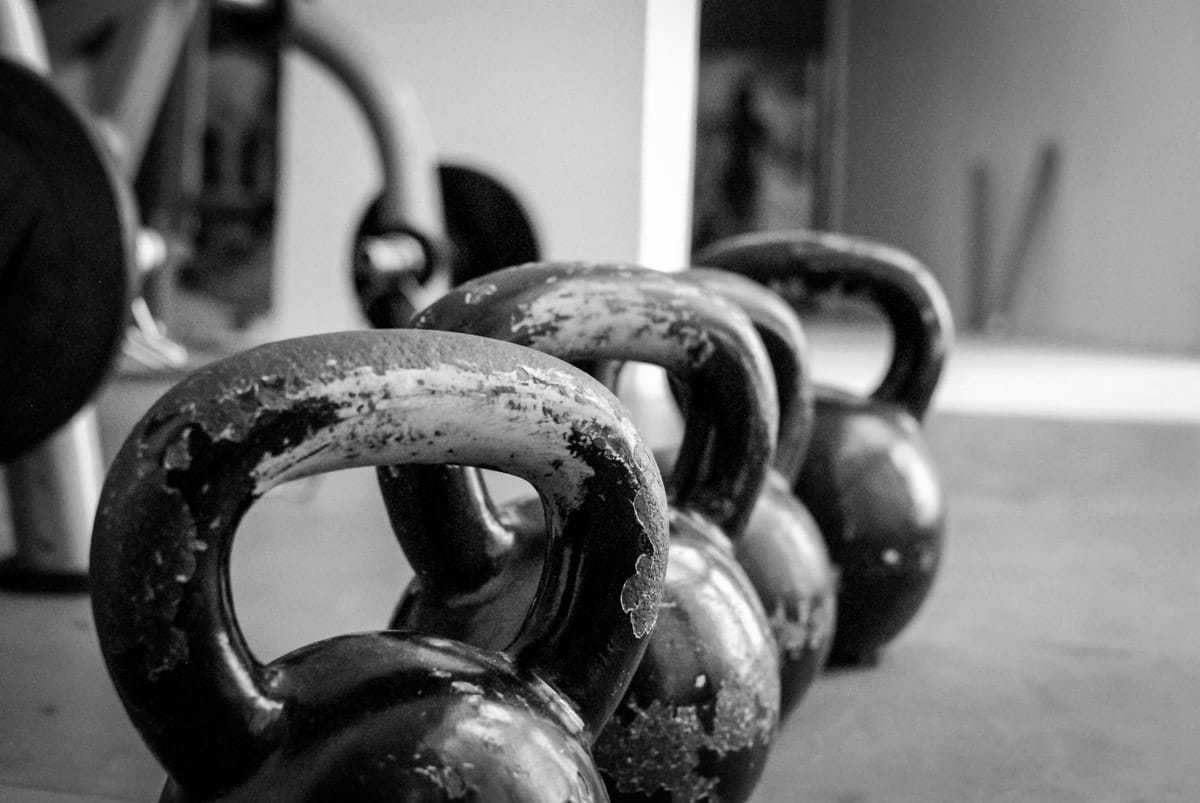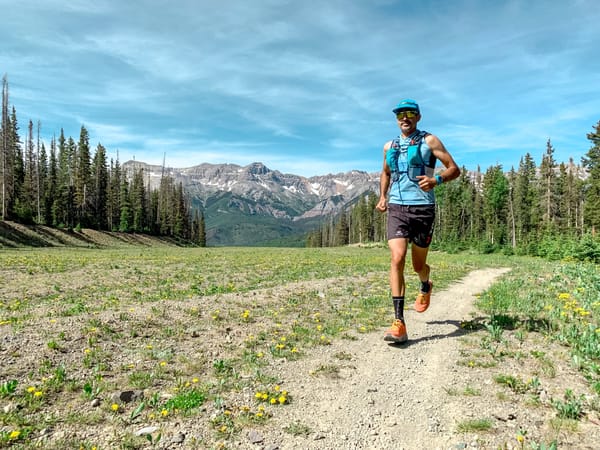Wayfinder 91 / Building Muscle After 50

I'm not good at hitting the gym.
On the strength spectrum, I fall in the lower 5% for my age—the bottom for an "athlete" in my fifties. Five percent may be generous. I found numbers. Yep, there is a website of strength standards. Plug in your bodyweight and age, then wince as you discover you fall between "Untrained" and "Novice" for most of the dozen lifts listed.
One might think falling into this state of weakness would motivate a person to adopt a routine to improve these numbers. Rather, however, it keeps me from going to the gym to put my strength on display.
I'm certain many endurance athletes can concur. We enjoy running outside or getting on the bike—the repetitive movement and satisfaction from that movement. We don't like strength work. Those that do, though, excel. The type of person that does the extra work tends to have fewer injuries and maintains their fitness and abilities as they age.
Can I become that type of person? I'm going to try... again.
Soon, we'll be moving into a small space in a complex without a fitness room. As such, it's going to be more important that I create a home routine I can easily adopt. I've been investigating kettlebell workouts as they take little space and the core exercises can be done wherever. I came upon this routine from a mountain athlete living in a cabin. Perfect. While we aren't going to be living in anything nearly this extreme, it is a simple routine I may try to adapt to my needs.
According to Jackson, the primary goals and focus for strength training for mountain endurance skiers, cyclists, and runners are the following.
- Single leg movements for balance, stability, and specific strength.
- Core strengthening and stability for connecting upper and lower body power.
- Connective tissue durability and mobility for injury prevention and long-term resiliency.
Silly Simple Strength Training for the Reluctant, Gym-Despising Endurance Athlete
5 Things Aging Runners Need To Do In Your 50s, 60s, and Beyond
Takeaway → After turning 50, CTS coach Andy Jones-Wilkins, decided to adopt the following 5 key elements into his running routine to keep running happily as he gets older.
- Start Runs Slowly - Something I started in my 30's.
- Take More Easy Days - Again, I've got this covered.
However, with age I have gravitated toward a hard/easy/easy cycle. Simply put, it seems the extra easy day between hard efforts allows the hard efforts to actually be hard rather than just another attempt at a slog when I really should be going easy. - Build Up Over Months, Not Weeks - Basically it takes older "well-worn" athletes longer to build fitness. Take this into account when training for longer endurance events.
- Stop Comparing Yourself to Your Younger Self - Those personal bests may not come as frequently. As we age it may be best to craft different ways to measure progress.
- Revel in the Fact You’re Still Running - Approach each session with gratitude.
Gadd's Truth: Five Fitness Commandments to Live By
Takeaway → Will Gadd, professional climber, shares some insightful thoughts on aging and staying fit, gleaned from three decades of training. The first truth is it doesn't matter what you do, just do something. Get moving, everyday. Second, consistency is key. Adapting a workout for one reason or another is better than missing it. The third truth, interests change, flow with it.
People who are bored with moving, stop moving.
The fourth, understanding movement trumps strength. So, understanding how to properly do a squat is more important than how much weight is on the bar.
The final truth is that fitness is worth sacrificing less important things for, and most things are, long-term, far less important than fitness.
Women Need Strength for Life
Takeaway → For optimal performance and independence with age, women should prioritize building strength with heavier weights and lower reps. Ideally movements like deadlifts, squats, lunges, and other Olympic lifts that recruit the major muscles, connective tissues, and joints.
Why Strength Training May Help Tackle Depression
Takeaway → A combination of endurance, high intensity, and strength training combined can have the most positive impact on mental wellness.
Additionally, dopamine, norepinephrine, and serotonin tend to be low in those experiencing depression. Exercise increases levels of dopamine for short periods of time, it can be enough to help motivate sufferers to increase productivity and move forward on the day to day tasks. Of course, the trick is kickstarting the motivation to get to that exercise routine.
Also of importance is brain-derived neurotrophic factor, a protein that helps the brain to forge new neural pathways. This literally means it helps you to think of problems in different ways and come up with more creative solutions to issues you’re facing.
Exercise can help us break the rumination habits by kicking our brains into a problem solving mode. I get my most positive thinking done on runs. Finally, low testosterone has been correlated with depression. Strength training boosts testosterone levels.
Wellness tip
Some swear by it, some swear it off: it the simple foam roller stands the test of time as a valuable tool to help heal and stimulate our tissues. If you’re looking to get started, or re-started, with a strength program, myofascial release - i.e., foam rolling - has proven to help substantially reduce muscle soreness by bringing circulation and hydration to the connective tissues.
So instead of letting fear of the dreaded DOMS dissuade you from getting going with a strength routine, dust off the roller hiding in the corner and add a few minutes of light self-massage in the evening. Resist any urge to really dig in and keep it thoughtful and gentle. Spend just a minute on each area, avoiding joints or any super-sensitive spots. Myofascial work has also been shown to have positive and calming effects on the nervous system.
Love it or hate it, but keep it rolling.
Quote to ponder
Forty is the old age of youth; fifty the youth of old age. —Victor Hugo
Photo by Ivan Pergasi on Unsplash



